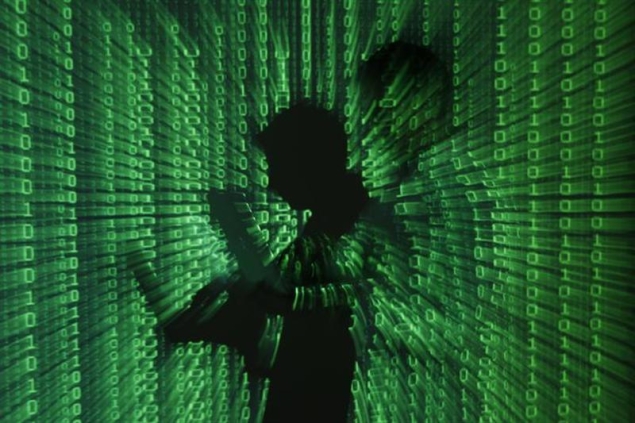- Home
- Internet
- Internet News
- This algorithm can outsmart humans in recognising faces
This algorithm can outsmart humans in recognising faces

Chinese scientists fine-tuned an algorithm used for distinguishing between faces in photographs and tested their system, called GuassainFace, on a database known as Labelled Faces in the Wild (LFW).
The LFW is a database with a dataset of 13,000 headshots of famous people and has become a standard benchmark for testing facial recognition using a computer, 'phys.org' reported.
In the study, GuassainFace results showed a success rate of 98.52 percent on the LFW, compared to an average of 97.53 percent for humans - the first time a computer has ever beaten the human average, researchers said.
Researchers said that people get better at recognising faces the more often they see them. It clearly has something to do with adding more data as a person is seen from more angles, in different light, using different expressions, while wearing makeup or not, etc.
The same thing is true for a computer. In order to discern if two photos show the same person, the computer has to have seen that person before in multiple environments.
To allow that to happen, Chaochao Lu and Xiaoou Tang, from Chinese University of Hong Kong, exposed their system to multiple datasets, such as the Multi-PIE database or Life Photos.
Both offer multiple pictures of the same person to allow for not just better comparison capabilities for those in those datasets, but for getting smarter in general regarding how to match faces in other datasets.
Beating humans on the LFW is a remarkable achievement, of course, but it is just one benchmark, researchers noted, adding that computer technology still has a long way to go before matching the abilities of humans in generalised surroundings.
For the latest tech news and reviews, follow Gadgets 360 on X, Facebook, WhatsApp, Threads and Google News. For the latest videos on gadgets and tech, subscribe to our YouTube channel. If you want to know everything about top influencers, follow our in-house Who'sThat360 on Instagram and YouTube.
Related Stories
- Amazon Great Indian Festival 2024
- Big Billion Days 2024
- Apple Vision Pro
- Oneplus 12
- iPhone 14
- Apple iPhone 15
- OnePlus Nord CE 3 Lite 5G
- iPhone 13
- Xiaomi 14 Pro
- Oppo Find N3
- Tecno Spark Go (2023)
- Realme V30
- Best Phones Under 25000
- Samsung Galaxy S24 Series
- Cryptocurrency
- iQoo 12
- Samsung Galaxy S24 Ultra
- Giottus
- Samsung Galaxy Z Flip 5
- Apple 'Scary Fast'
- Housefull 5
- GoPro Hero 12 Black Review
- Invincible Season 2
- JioGlass
- HD Ready TV
- Laptop Under 50000
- Smartwatch Under 10000
- Latest Mobile Phones
- Compare Phones
- Realme Note 60x
- Honor X9c Smart
- Realme V60 Pro
- iQOO Neo 10
- iQOO Neo 10 Pro
- Redmi K80 Pro
- Redmi K80
- Lava Yuva 4
- Asus Zenbook S 14
- MacBook Pro 16-inch (M4 Max, 2024)
- Huawei MatePad Pro 13.2
- Oppo Pad 3
- Redmi Watch 5
- Huawei Watch Ultimate Design
- Sony 65 Inches Ultra HD (4K) LED Smart TV (KD-65X74L)
- TCL 55 Inches Ultra HD (4K) LED Smart TV (55C61B)
- Sony PlayStation 5 Pro
- Sony PlayStation 5 Slim Digital Edition
- Blue Star 1.5 Ton 3 Star Inverter Split AC (IC318DNUHC)
- Blue Star 1.5 Ton 3 Star Inverter Split AC (IA318VKU)

















